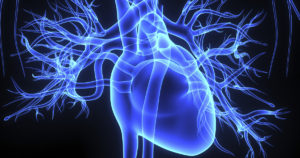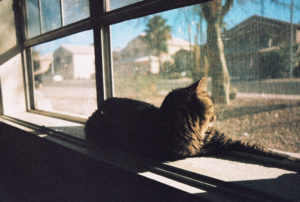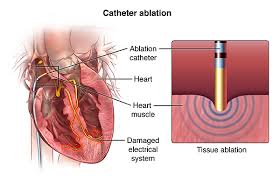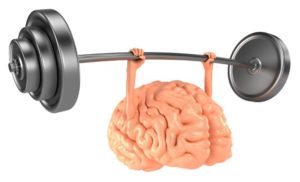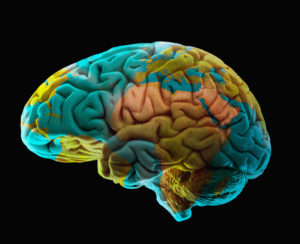The heart works like a pump and beats 100,000 times a day. For the heart to do its function therapeutically it needs another organ to be involved called the lungs or the body could not live. If one of these organs gets damaged in time the other organ gets affected with no treatment the person will die sooner in life (Ex. Heart Failure in time affects the lungs to some degree, even respiratory failure). A good metaphor for this is the car; if the engine gets damaged with no repair, in time the transmission will get affected; with no repair at all the car will die.
One of the main functions of the red blood cells (RBCs) is to carry oxygen throughout the body to give all tissues our food to stay alive, that would be oxygen. For this to take place this is done through the heart beating nonstop which allows the flow of blood to be running continuous in our blood stream (circulatory system) and at the same time this allows our cells in the blood stream to get to the lungs for oxygen and carbon dioxide exchange. These 3 functions could not take place if the heart wasn’t pumping blood to and from the heart/lungs 24 hrs a day. Your pulse or heart rate does the pumping.
This is what takes place when the heart pumps our blood:
The red blood cells carry oxygen and remove the ending result of oxygen used by our tissues, called carbon dioxide=CO2. To get rid of the CO2 (a toxin) in our body the gas is carried from our body by carrying CO2 to the lungs through the RBCs. The high CO2 with low oxygen (O2) concentration RBCs go to one side of the heart (being the right side) to get CO2 removed in exchange for more O2 in a red blood cell (RBC) this is done at the base of the lungs. This is done through breathing. Then these RBCs get highly oxygenated which then proceed to the left side of the heart. These RBCs get pumped throughout the body where the tissues utilize the oxygen in the RBCs by transferring O2 from the RBCs to the tissue as their food to stay alive. Without oxygen our tissues would starve and we would die. For the oxygen to be transported to the tissues of the body (as their food) it works like this: After the right side of the heart pumps blood to the lungs with high CO2 concentration RBCs, while we inhale to allow more oxygen in the cells at the bottom of the lungs an exchange of gas concentration in the RBCs takes place. The cells release CO2 which is released out of our body through exhaling but also when we inhale more 02 is transported into the RBCs to take another trip around the body releasing the high 02 levels to the tissues that need to utilize it BUT to do this the blood now is sent to the left side of the heart. For all this to take place the heart pumps to transport the oxygen throughout the body giving nutrition to the tissues, without it=cellular starvation but at the same time sends high CO2 RBCs to the right side for a 02/CO2 exchange at the lungs by going through the right side of the heart.
The heart has two sides, separated by an inner wall called the septum. The septum divides the right from the left side of the heart since the right and left chambers do different functions, as described above. Remember the right side of the heart is sending RBCs with highier CO2 concentration and a low oxygen concentration. You have these RBCs coming from above the heart finally entering the Rt upper chamber (Right Atrium=RA) called the Superior Vena Cava with below the heart the Inferior Vena Cava the meet into each other dumping the high CO2 blood into the RA. Then the blood goes through a valve called the tricuspid valve dumping the blood into the Rt.lower chamber called Rt. Ventricle and through the pulmonary valve going via the pulmonary artery (one of the few arteries with high CO2 concentration, usually arteries high in 02 concentration) dumping the blood at the base of the lungs for 02 and CO2 exchange when we inhale and exhale. After the gas exchange takes place the red blood cells become higher oxygenated in levels and much lower in carbon dioxide levels. Inside a cell is never 100% 02 or CO2. Now this high oxygenated blood goes to the left side of the heart leaving the lungs via the pulmonary vein (one of the few veins high in O2). The blood dumps now in the L upper chamber=Lt. atrium down through the mitral valve to the left ventricle proceeding to the aorta where the high concentrated RBCs go throughout the body dispensing oxygen to our tissues where it is needed.
If you look the right side sends blood from the heart to lungs back to heart=short distance so the muscle on the right side is thin compared to the left side. The reason for this is the left side of the heart receives the oxygen-rich blood from the lungs and pumps it to throughout the body. The left side of the heart has to dispense the high (O2) blood throughout the body so that side of the heart works out more in pumping; so the muscle on the left side is larger than the right side. The muscle of the heart is called myocardium (myo=muscle and cardium=the heart).
Let’s review the heart anatomy. It has 4 chambers in it. Two chambers are on the right side and another two on the left. The right side of the heart has only higher concentrated CO2-carbon dioxide in the blood going through that side to get to the lungs for more oxygen. To do this the blood first is entered to the lungs from the right side of the heart. Here it removes the toxin CO2 from our body through us breathing to get more 02-oxygen into our RBCs (red blood cells). Then this blood enters to the left side of the heart where it has more high oxygenated blood entering that side to have our food, being O2, get dispensed throughout our tissues to stay alive. Without 02 we would go through cellular/tissue starvation. The heart moves the oxygen throughout the body via its pumping action whereas the lungs provide us the oxygen via inhaling with removing the toxin CO2 from the RBCs via exhaling.
Now to do all these functions from pumping to getting 02 and C02 properly dispensed in and out of our bodies how does the heart do this?????????
Well he don’t fill the heart up with gas but instead has a conduction pathway that operates through electrical activity taking place by certain electrolytes. We have sodium, potassium and calcium channels that are the major ones in doing this.
We also have a natural pacemaker of the heart and this is called the SA NODE. It sits in the the upper Rt. chamber (atrium) of the heart. This natural pacemaker conducts impulses from the top to the bottom of the heart with these electrolytes (mentioned above) involved to let this conduction take place in allowing the heart to beat; allowing the heart to pump the blood throughout our system to give oxygen to all tissues and remove carbon dioxide from the body bringing it to the lungs where we expel it via breathing. Inspiration brings the 02 via the lungs to the bottom of them to get dispensed into our red blood cells at the same time during expiration removes the C02 from the RBCs to be expelled out via the lungs to the exit port our mouth. Knowing the anatomy of the heart is so important especially to understand heart disease.
We know there is a right and left side of the heart and each side having 2 chambers with completely different functions, which we will discuss another day.

